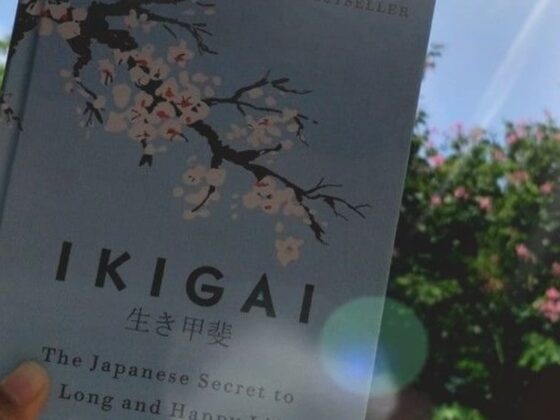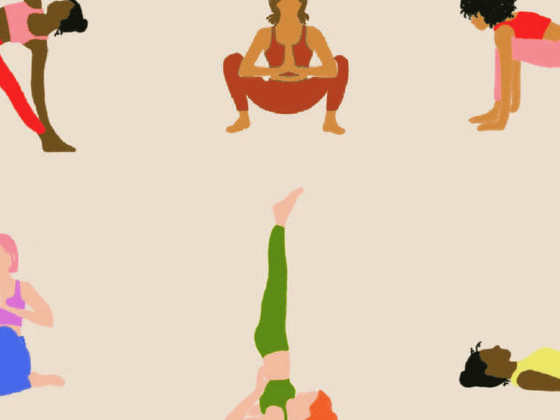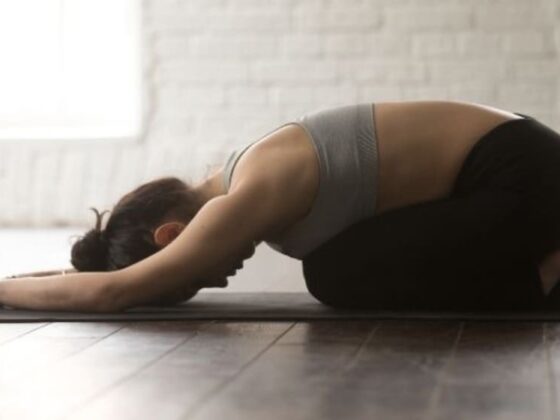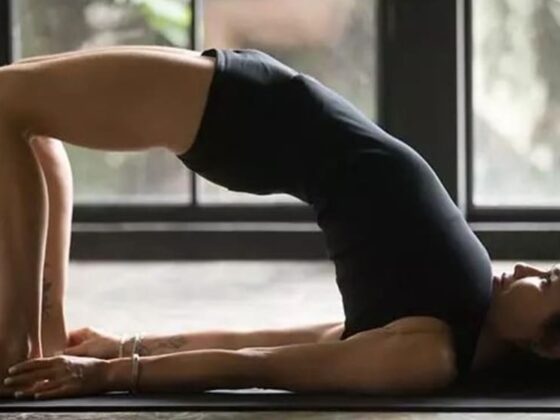In a world marked by relentless pace and ceaseless distractions, carving out 10 minutes a day for mindfulness meditation might seem inconsequential. Yet, within this seemingly modest time frame lies a profound transformation waiting to unfold. Let us embark on a contemplative journey, delving into the art and science of mindfulness meditation, and exploring its potential to reshape our lives in meaningful ways.
Who Should Practice Mindfulness Meditation: A Universal Call
Mindfulness meditation transcends the boundaries of age, gender, and occupation, extending its embrace to all who seek inner clarity and calm. In a world brimming with stressors, from bustling urban life to the digital barrage, this practice becomes a sanctuary for anyone yearning to reconnect with themselves and discover the tranquil core within. It is a potent tool not just for those already inclined toward spirituality, but also for the pragmatic seekers of emotional equilibrium and mental harmony.
Choosing the Best Time for Meditation: Crafting Your Sacred Moments
The question of when to embark on this contemplative journey is often pondered. The answer, intriguingly, is fluid. While some find solace in the serenity of dawn, others uncover the richness of stillness during twilight hours. The truth is, the best time for meditation is the time that resonates with your rhythm and lifestyle. Whether it’s a dawn rendezvous with the rising sun or a twilight communion with the fading day, the crucial aspect is consistency. Carve a niche in your day, a sacred pocket of time that is exclusively yours – a time to unplug, unwind, and dive within.

How to Practice Mindfulness Meditation: A Step-by-Step Guide
Step 1: Find Your Sanctuary of Time
To embark on the transformative journey of mindfulness meditation, designate 10 minutes each day – a dedicated slot for self-nurturing. This time slot becomes your oasis of tranquillity, a sanctuary amid the busyness of life.
Step 2: Create a Serene Environment
Choose a quiet space where you can sit or lie down comfortably. Allow yourself to relax, releasing the physical tension that accumulates throughout the day. Dim the lights, play soft music if you prefer, and make this space inviting for your practice.
Step 3: Begin with the Breath
Close your eyes and take a deep, slow breath. Feel the air filling your lungs and then exhale gently, releasing any stress or worries. Let your breath become your focal point, the anchor that keeps you grounded in the present moment.
Step 4: Observe Your Thoughts
As you focus on your breath, thoughts will inevitably arise. Instead of suppressing or engaging with them, simply observe them like clouds passing by. Acknowledge their presence without judgment and gently guide your attention back to your breath.
Step 5: Engage Your Senses
Expand your awareness beyond your breath to the sensations in your body. Feel the weight of your body against the chair or the floor, the sensation of your clothing against your skin. Listen to the sounds around you – distant traffic, the rustling of leaves. Engaging your senses deepens your connection to the present.
Step 6: Cultivate Compassion and Gratitude
As your practice comes to a close, take a moment to express gratitude for this time you’ve dedicated to yourself. Extend this gratitude to your own being, recognizing the effort you’ve put into nurturing your well-being.

The Ripple Effect: How Mindfulness Meditation Shapes Your Life
Beyond the tranquillity of those 10 minutes, the essence of mindfulness meditation has the potential to permeate every facet of existence. It is a profound shift, akin to polishing a gem to unveil its innate brilliance. The power of mindfulness meditation lies in its capacity to rewire your relationship with the world. As you delve into the depths of your consciousness, you unearth the treasures of self-awareness. This newfound awareness is a lantern that illuminates the path of your thoughts, reactions, and choices.
Reshaping Responses: A Journey to Emotional Intelligence
One of the remarkable dimensions of mindfulness meditation is its influence on emotional intelligence. As you cultivate an observer’s stance, you create a space between stimulus and response. In this space, lies the potential to choose your reactions consciously rather than being swept away by the tide of emotions. This transformation from emotional reactivity to conscious response brings harmony that ripples through your personal and professional interactions, nurturing healthier relationships and a deeper understanding of others.
The Mind-Body Synergy: Nurturing Holistic Well-being
Amidst the tumultuous rhythm of modern life, the practice of mindfulness meditation invites you to step off the carousel of constant striving and be present. It’s an art that enables you to savour the richness of each moment – the gentle caress of a breeze, the symphony of birdsong, the warmth of a shared smile. In cultivating this presence, you unravel the tapestry of gratitude, where every moment becomes a gift worthy of acknowledgement. The path of mindfulness leads to a profound shift – from the relentless pursuit of future goals to an appreciation of the beauty that dances in the now.

In Conclusion: The Ten-Minute Revolution Within
In the canvas of existence, 10 minutes might seem like a minuscule stroke, barely noticeable amidst the grand strokes of daily life. However, beneath the subtlety lies a profound masterpiece waiting to emerge. Mindfulness meditation is a tool that invites you to delve into the depths of your own being, to embark on an exploration that reveals the treasures of self-awareness, emotional resilience, and a connection to the present. As you take those 10 minutes each day, you embark on a journey that redefines your relationship with yourself and the world. The transformation awaits – are you ready to embrace it?
Love,
Team LadyInRoseGold



















